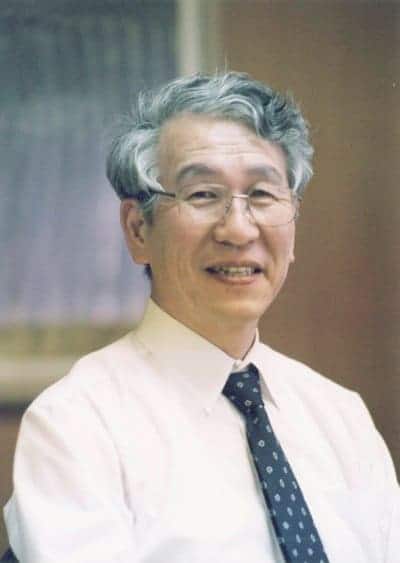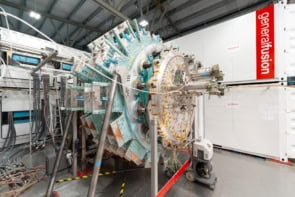
something to smile about
The particle physics community started 2008 with a bad case of the January blues, thanks to major budget cuts announced by the US and UK just before Christmas. But some comfort may be taken from very positive plans for the future unveiled by the Japanese high-energy physics laboratory, KEK.
The 20-page roadmap report outlines an ambitious five-year plan that includes a major upgrade to KEK’s flagship “B-factory” and a strong commitment to the proposed International Linear Collider (ILC) — two areas that have suffered greatly as a result of the recent cuts in the UK and US.
“Given the UK’s decision to pull out of the ILC and the funding debacle in the US, this report demonstrates the sustained commitment to high-energy physics of the Japanese — who, of course, are one of the leading contenders to host the ILC,” says Brian Foster of Oxford University and European director of the ILC global design effort.
Our roadmap describes the importance of promoting short- and long-term projects in particle physics in parallel and internationally Atsuto Suzuki, KEK director general
KEK, located just north of Tokyo, is one of the world’s leading high-energy physics labs. Its main facility is a 3 km-circumference electron-positron collider called KEK-B that produces copious quantities of B-mesons to be studied by the Belle detector. The facility has led to major progress in our understanding of CP violation, as well as revealing several exotic new particles. Belle’s US counterpart, the PEP-II/BaBar B-factory at the Stanford Linear Accelerator Center, may be forced to shut down this March as a result of the funding situation.
The laboratory has also reinforced Japan’s already dominant position in neutrino physics, with the K2K experiment firing a beam of muon neutrinos at the SuperKamiokande experiment 250 km away to study neutrino oscillations.
Five main proposals
According to KEK director general Atsuto Suzuki, who began his three-year term in April 2006, the main purpose of the roadmap is to maintain KEK’s role as a leading accelerator-science institution. The report contains five main proposals:
- operate the Japan Proton Accelerator Research Complex (JPARC), a multi-purpose proton accelerator located near the main KEK site, which, once completed, will provide an improved neutrino-beam experiment called T2K;
- upgrade KEK-B to produce a much higher collision rate, and improve the Belle detector accordingly (this latter task alone is expected to involve an international collaboration of some 600 physicists);
- continue operating and improve the “photon factory”, KEK’s synchrotron light source;
- promote KEK’s commitment to the Large Hadron Colllider, which is due to start up at CERN this year;
- develop advanced accelerator and detector technologies to help establish the next generation synchrotron radiation facility, to promote material and life science research via a THz light source, and to promote technical developments for the ILC — in particular the superconducting accelerator system.
“Our roadmap describes the importance of promoting short- and long-term projects in particle physics in parallel and internationally,” Suzuki told physicsworld.com. “Government has already approved the advanced accelerator technology R&D, including the ILC development for the next fiscal year, so we hope the budget cutbacks in the UK and US are temporary.”
Like many in the high-energy physics community, Dave Wark of Imperial College, London would be overjoyed to see the proposals put into practice. “The commitment and ambition of our Japanese colleagues is refreshing and reassuring,” he says. “KEK has shown itself to have great skill in attacking the big questions in particle physics, so let’s hope that the Japanese government responds positively to the programme laid out in the roadmap.”




